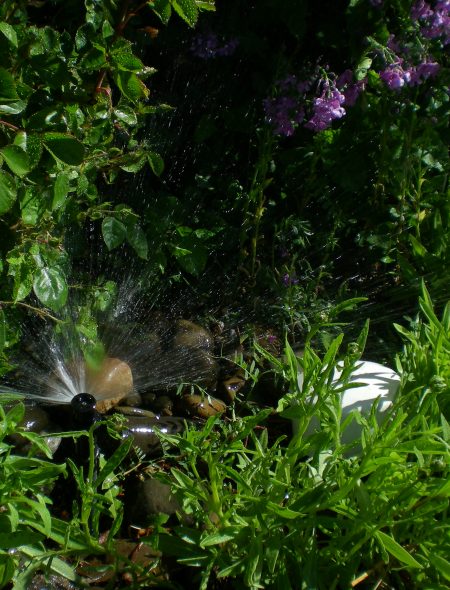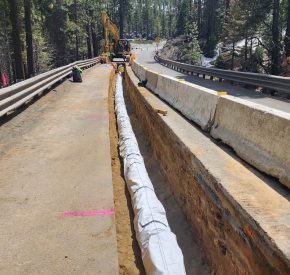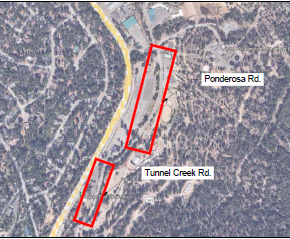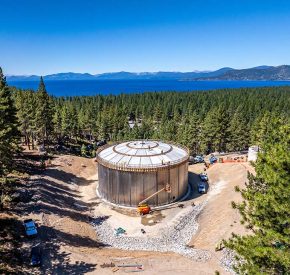

Irrigation Startup Tips
Tips for Turning on your Irrigation System
1. Close all the drains in your system
- Reinstall or locate your backflow assembly. Turn both small test cock screws in either direction so that the ball valves inside are in a closed position.
- Locate your irrigation control valve box. Use a sprinkler key to turn the drain valve to the closed position.
- Locate your vertical valve and drain sleeves. Use a sprinkler key to close the drain.
2. Activate your system
- At the vertical valve and drain sleeve use a sprinkler key to turn the valve to the open position.
- At the backflow assembly, turn the #1 shut-off valve quickly to the open position (the handle should run parallel to the pipe). You should hear a “pop” and no water should leak from the top of the assembly.
- Slowly open the #2 shut-off valve on the assembly to start filling the system.
At this point you should hear water begin to fill the system, but none should come into the sleeve. This step should be done slowly to allow the water to fill gradually back into the irrigation system. Going too quickly could be damaging to parts of your backflow.
3. Check your system for leaks
- Watch the low flow indicator on your water meter. If it is not moving, there is not a leak.
- If the low flow indicator is moving, first be sure no water is being used within the home, then:
- At the vertical valve and drain sleeves, be sure there is not water filling either sleeve.
- Check your backflow to be sure there is no water dripping from the flat handles, the test cock screws or the black bonnet (pressure vacuum breaker) located at the top of the assembly.
- Be sure the drain in your irrigation control valve box was closed snugly and there is no water dripping.
4. Turn on your irrigation timer or clock
- Your settings from last year will likely be saved, but you may wish to do some reprogramming. Install fresh batteries, if applicable. Set the irrigation timer to come on early in the morning, only a few days a week, to allow for deep irrigation with no runoff. Most turf grass requires one inch of water every 5 to 7 days during the growing season and less during slow growth months. Watering too often stunts deep root development. Deep, infrequent watering helps produce deeper, extensive root growth in your plants and turf.
- Turn your system to “manual” to run each zone for a few minutes. Walk each zone as it is running to be sure everything is working properly. Check that all drip lines are functioning and sprinkler heads to ensure they are not broken, blocked, or misdirected.
This information is provided as a public service of IVGID. Any action by a water customer as a result of this information is the sole responsibility of the customer.



